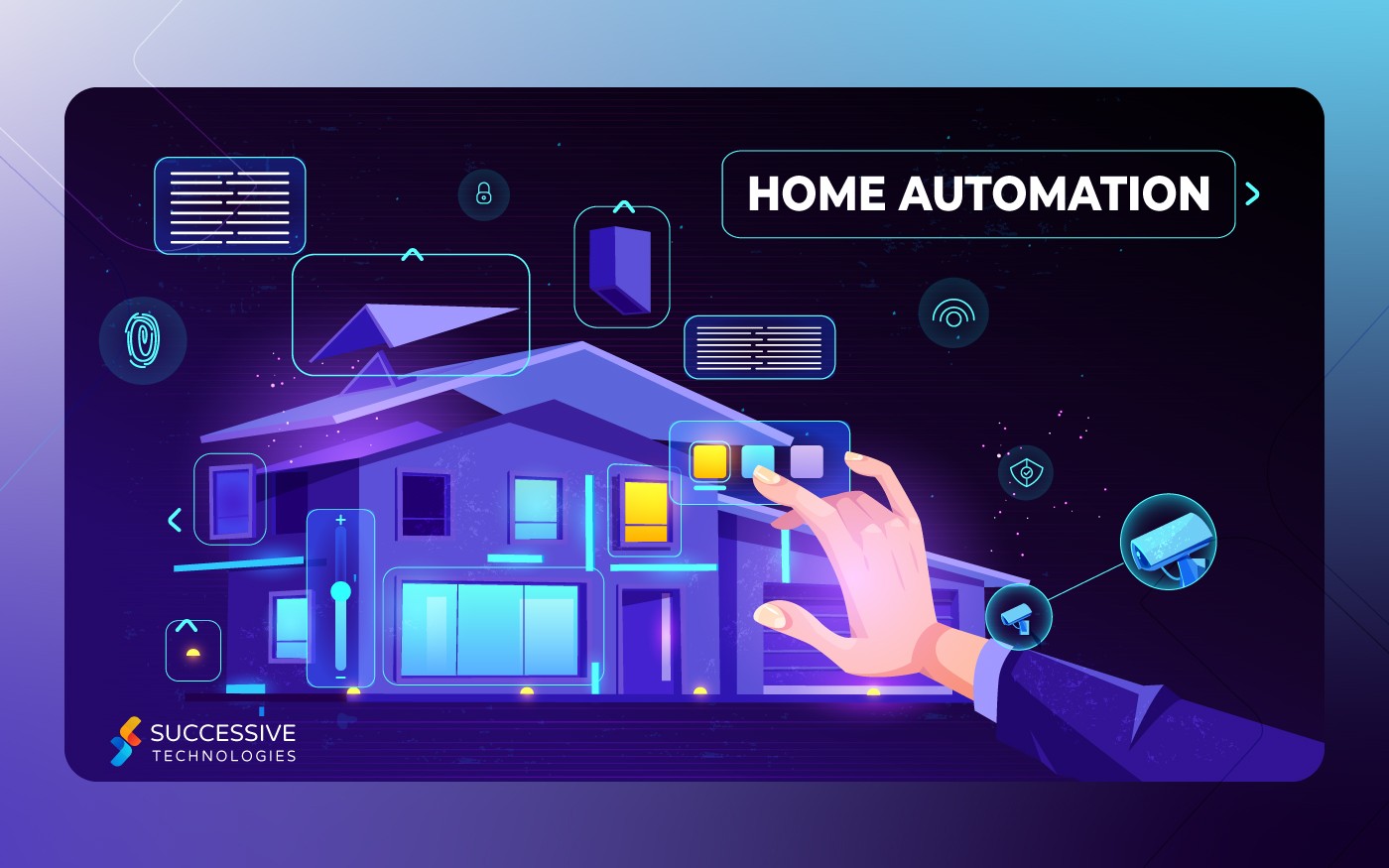In the age of technology, smart home automation can make your life easier and more efficient. With this system, you can control all the devices in your house with a smartphone or voice command, allowing for a seamless and effortless living experience. From lighting, security, temperature to entertainment, the possibilities are endless. Here is a guide on how to make your home smarter with smart home automation.

Step 1: Choose a Smart Home Automation System
The first step to making your home smarter is selecting the right smart home automation system. There are many systems available in the market, each with its features and functionalities. Before choosing one, consider factors such as compatibility, ease of use, scalability, and price. Some popular smart home automation systems include Amazon Alexa, Google Assistant, and Apple HomeKit.
Step 2: Determine Which Devices You Want to Automate
The next step is determining which devices you want to automate. Typically, smart home automation systems can control devices such as thermostats, lighting systems, security cameras, locks, and entertainment systems. Consider which devices you use frequently and those that can benefit from automation.
Step 3: Install and Configure Your Devices
After selecting your smart home automation system and devices to automate, it's time to install and configure them. Some devices are easy to install, such as smart bulbs, while others, such as security cameras, may require professional installation. Once installed, configure your devices to work with your smart home automation system.

Step 4: Set Up Routines and Automation Rules
With your devices installed and configured, it's time to set up routines and automation rules. Routines are a series of actions triggered by a specific event, such as turning off all lights when you leave the house. Automation rules are conditions that trigger an action, such as turning on the lights when motion is detected. Setting up routines and automation rules can make your life more comfortable and efficient.
Step 5: Secure Your Smart Home Automation System
Lastly, securing your smart home automation system is critical to prevent unauthorized access to your devices and data. Ensure that your devices are updated regularly to fix potential security vulnerabilities. Also, secure your network with strong passwords, enable two-factor authentication, and avoid using public Wi-Fi networks.
Frequently Asked Questions (FAQs)
Q: What are the benefits of smart home automation?
A: Smart home automation can save time, energy, and money, making your life more convenient and comfortable. You can control all your home devices from a single app or voice command, ensuring maximum efficiency.
Q: How much does it cost to install a smart home automation system?
A: The cost of installing a smart home automation system varies depending on the number of devices to automate and their complexity. It can range from a few hundred dollars to thousands of dollars, depending on your needs and preferences.
Q: Can I integrate my existing devices into a smart home automation system?
A: Yes, many smart home automation systems are compatible with third-party devices such as thermostats, security cameras, and smart locks. Ensure that your devices are compatible before integrating them into your smart home automation system.
In conclusion, smart home automation is an excellent way to make your life easier and more efficient. Follow these steps to make your home smarter and enjoy the benefits of modern living.
tag: smart home automation, technology, home improvement




Comments
Post a Comment